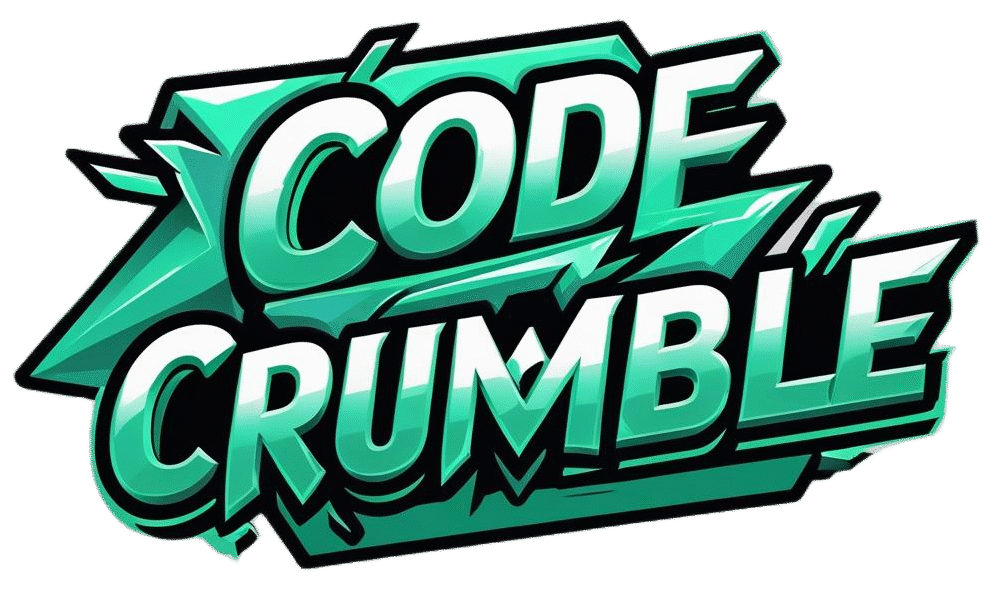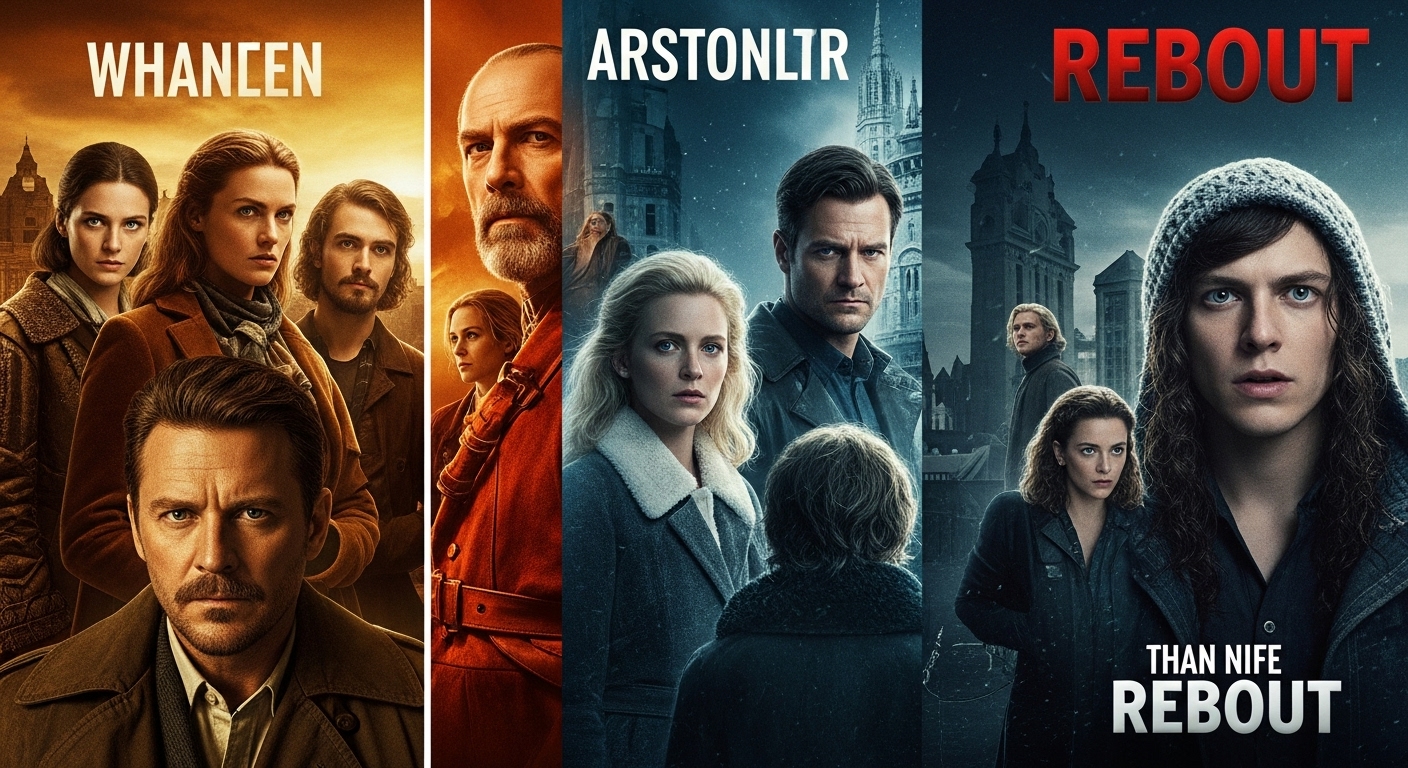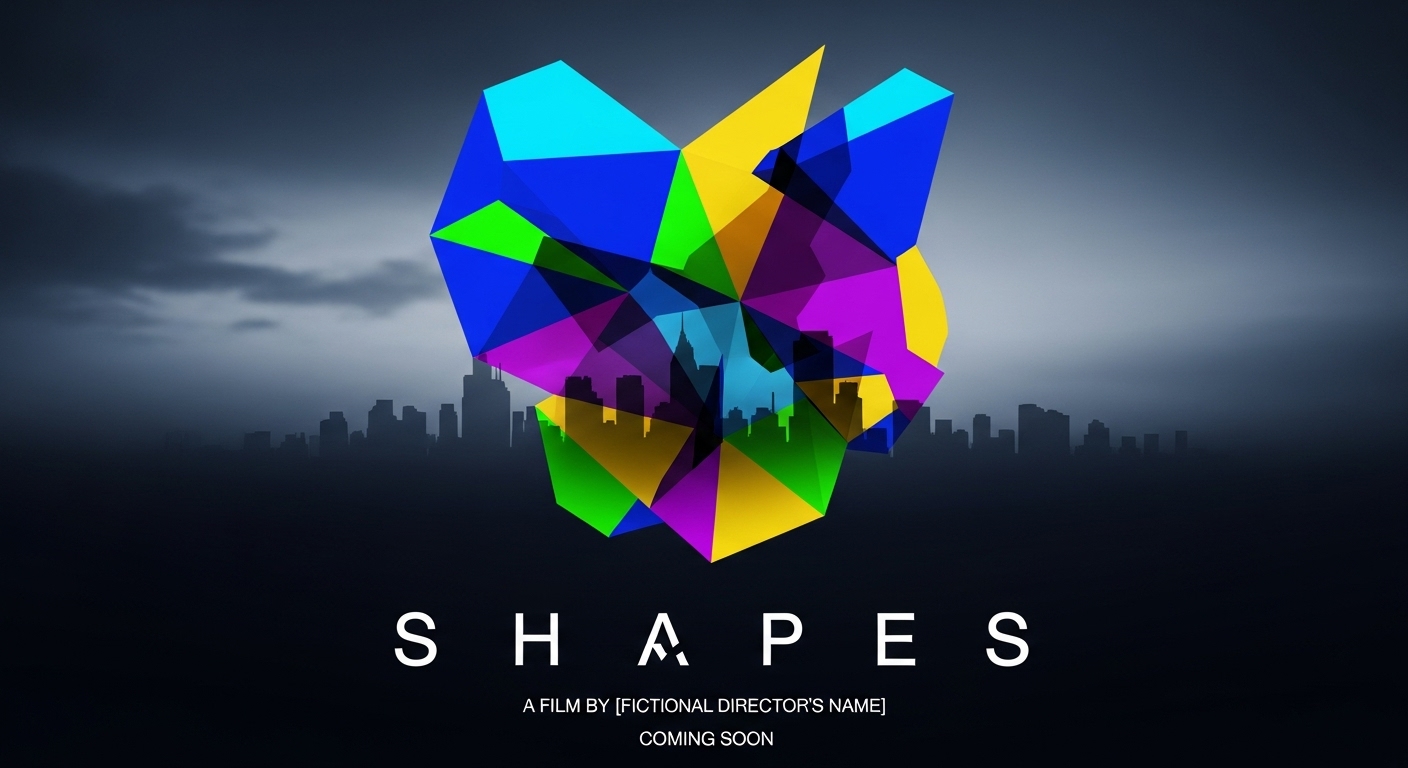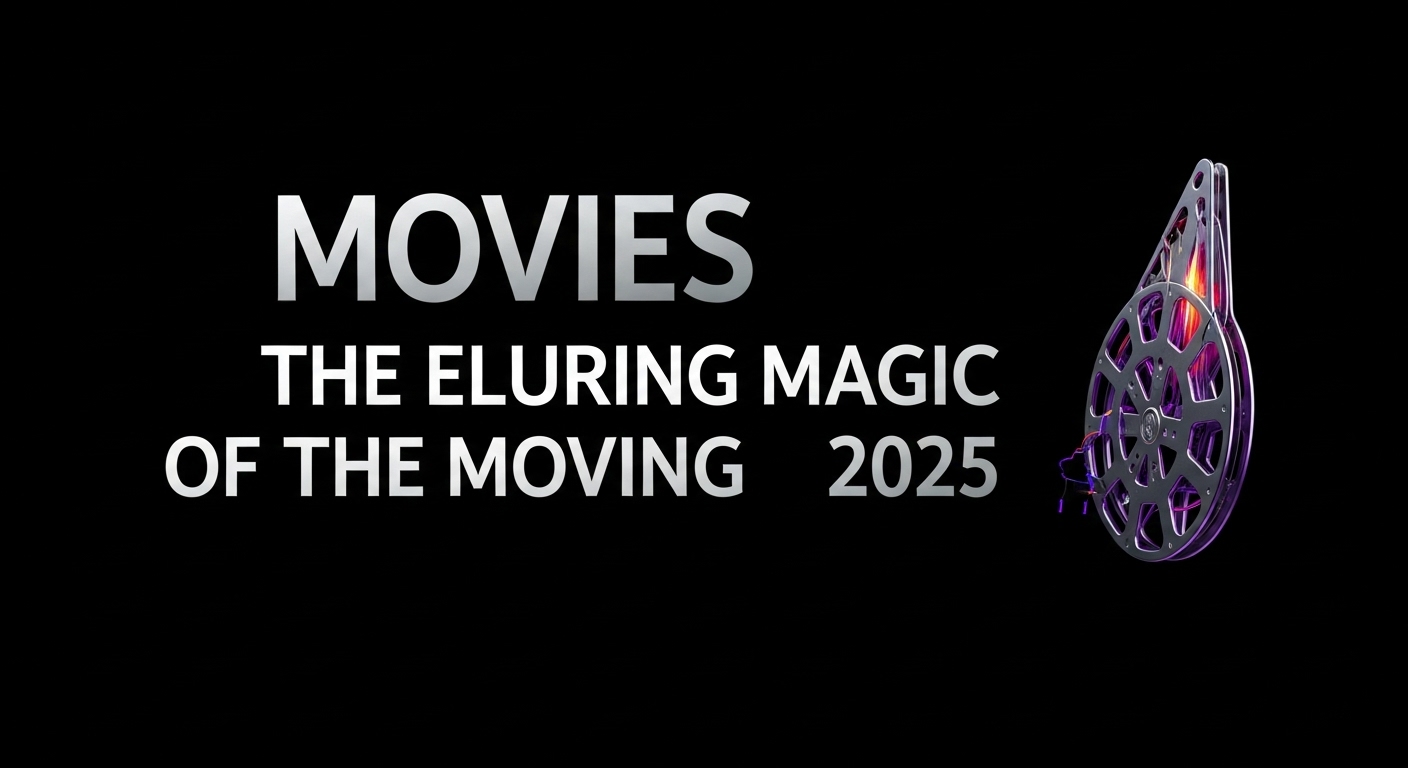Introduction
In the world of cinema, few topics spark as much debate as movie reboots. The idea of revisiting a classic film or franchise, updating it with modern technology, or retelling the story for a new generation has been a recurring practice in Hollywood. On the surface, reboots may seem like a safe way for studios to capitalize on existing fan bases while drawing in younger audiences. Yet, beneath this strategy lies a deep cultural divide.
Some audiences celebrate reboots as exciting opportunities to relive beloved stories in fresh ways, while others see them as unnecessary, uninspired, or even disrespectful to the originals. The clash of opinions surrounding movie reboots has become one of the defining features of modern cinema discourse. This blog explores why reboots are so divisive, how they impact audiences, and what their role in the future of film might be.
The Concept of a Reboot
A reboot differs from a sequel, remake, or spin-off. While a remake attempts to faithfully reproduce a story with modern filmmaking tools, a reboot resets the franchise entirely, offering a new interpretation of the characters, world, and themes. It often disregards continuity, creating a fresh start for both old and new viewers.
For studios, reboots serve multiple purposes: they revive dormant intellectual property, attract attention from fans of the original, and appeal to younger audiences unfamiliar with the source material. This commercial logic explains why reboots have become increasingly common in recent decades. Yet this very reasoning is part of what divides audiences, as some see reboots as driven more by profit than by creativity.
The Allure of Reboots
Despite criticisms, reboots hold undeniable appeal. Many audiences welcome them for several reasons.
Nostalgia Revived
Reboots offer fans the chance to revisit beloved characters, worlds, and stories. For some, they serve as a nostalgic trip back to childhood or earlier stages of life. Seeing a familiar story reimagined with modern effects or updated cultural references can be thrilling.
Accessibility for New Generations
A reboot allows younger viewers to discover franchises without needing to watch decades-old films. By modernizing storytelling and aesthetics, reboots introduce iconic characters to audiences who might otherwise overlook them.
Creative Potential
Not all reboots are lazy copies. Some reinterpret classics in bold and innovative ways, offering new perspectives on familiar material. A reboot can serve as an opportunity to explore untapped themes or expand characters in ways the original could not.
Technological Improvements
With advances in CGI, sound design, and cinematography, reboots can present stories with a visual spectacle far beyond what was possible when the originals were made. This technical evolution appeals to audiences accustomed to high production values.
The Criticism Against Reboots
On the other side of the debate are those who resist or resent reboots. Critics often point to several recurring concerns.
Disrespecting the Original
Fans of classic films sometimes view reboots as unnecessary intrusions into stories that were already complete. They feel that the magic of the original cannot be replicated and that attempts to do so dilute its legacy.
Profit Over Art
Reboots are frequently criticized as safe financial bets rather than creative endeavors. The perception that studios prioritize brand recognition over originality frustrates audiences craving fresh stories.
Audience Fatigue
As more franchises receive reboots, some viewers grow weary of the constant recycling of ideas. Instead of excitement, reboots can trigger frustration that Hollywood lacks imagination.
Changes to Beloved Characters
Reboots often update characters to align with modern sensibilities, which can lead to controversy. Fans attached to the original interpretations may reject new portrayals that feel inconsistent with their memories.
Case Studies of Divisive Reboots
Examining specific reboots provides insight into why audiences respond so differently.
Ghostbusters (2016)
The all-female reboot of Ghostbusters sparked heated debates long before it hit theaters. Supporters praised it for diversifying a beloved franchise and bringing fresh humor, while critics accused it of disrespecting the original or pandering to modern trends. The film became a lightning rod for cultural debates, illustrating how reboots can transcend entertainment and ignite broader discussions about representation and tradition.
The Amazing Spider-Man Series
After Sam Raimi’s Spider-Man trilogy concluded, Sony rebooted the franchise with The Amazing Spider-Man. While some fans appreciated the new tone and different take on Peter Parker, others felt it was too soon after the original films. The mixed reception showed how timing plays a critical role in whether audiences embrace or reject a reboot.
The Mummy (2017)
Attempting to reboot the classic monster film for modern audiences, Universal hoped to launch a connected “Dark Universe.” The film, however, received lukewarm responses, with many criticizing it for prioritizing world-building over storytelling. Fans of the original Mummy films, starring Brendan Fraser, were particularly vocal about their disappointment, proving how high expectations can backfire.
Batman and Superman Reboots
Not all reboots divide audiences negatively. Batman Begins and Man of Steel reintroduced iconic superheroes to audiences in darker, more grounded tones. While still divisive in certain circles, these reboots succeeded in shaping modern superhero cinema, proving that reboots can also find long-lasting acclaim.
Cultural Shifts and Audience Reactions
The division over reboots is not only about the films themselves but also about broader cultural shifts.
Generational Divides
Older fans often hold strong attachments to original films, while younger audiences approach reboots with fewer preconceptions. This generational difference can explain why some view reboots as betrayals while others embrace them with open arms.
Representation and Inclusivity
Modern reboots often aim to diversify casts and update stories for contemporary values. While this appeals to many viewers, others see such changes as unnecessary or forced. The tension between honoring tradition and reflecting progress frequently fuels debates around reboots.
The Role of Social Media
Online platforms amplify every opinion, making divides more visible and heated. A reboot that might have quietly passed as mediocre decades ago can now spark viral controversies and fan campaigns both for and against it.
Artistic Opportunities in Reboots
It is important to recognize that reboots are not inherently bad. Some of cinema’s most acclaimed works are technically reboots or reinterpretations. Christopher Nolan’s Batman trilogy, for example, redefined superhero storytelling. Mad Max: Fury Road revived a classic series with groundbreaking visuals and was widely praised as a masterpiece.
When done thoughtfully, reboots can serve as opportunities for artists to reimagine stories in ways that resonate with contemporary audiences while honoring the spirit of the original. They can also revive genres that have fallen out of favor, bringing attention to narratives that might otherwise be forgotten.
The Future of Reboots
As long as studios continue to prioritize recognizable intellectual properties, reboots will remain a fixture in Hollywood. However, their divisive nature means their future will depend on how they are executed.
Balancing Nostalgia and Innovation
The most successful reboots tend to honor the original while offering something new. Striking this balance may be the key to winning over both longtime fans and new audiences.
Expanding Rather than Resetting
Some reboots may evolve into what are sometimes called “soft reboots,” which continue the story while refreshing the tone or characters. This approach avoids alienating fans while still appealing to modern viewers.
Embracing Global Storytelling
As cinema becomes increasingly global, reboots may draw from international influences or reinterpret stories across cultures, opening new creative possibilities.
Audience Engagement
Studios may begin involving fans more in the creative process, paying attention to feedback and expectations to ensure reboots feel less like corporate decisions and more like cultural celebrations.
Conclusion
Movie reboots divide audiences because they sit at the crossroads of nostalgia, creativity, commerce, and cultural change. For some, they are thrilling opportunities to revisit beloved stories with modern flair. For others, they represent Hollywood’s lack of originality and an erosion of cinematic heritage.
The divide ultimately reflects the complexity of how audiences relate to stories. Films are not just entertainment; they are memories, cultural artifacts, and emotional touchstones. When studios attempt to reboot them, they are not just remaking movies—they are tampering with legacies.
Yet, as history has shown, reboots will not disappear. They will continue to divide, excite, frustrate, and inspire. What remains constant is the passion audiences feel for the stories that shaped them. In that sense, the very debates surrounding reboots highlight the enduring power of cinema.



